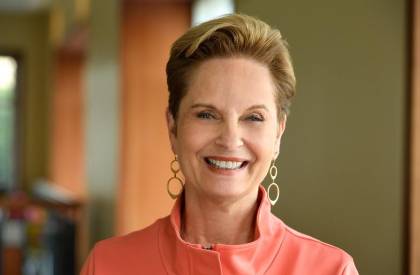 Del Quentin Wilber
Del Quentin WilberThe Los Angeles Times
Originally posted May 6, 2020
Here is an excerpt:
Mental health practitioners pointed to the suicide late last month of Dr. Lorna Breen as a warning flare. Colleagues said the 49-year-old Breen, an emergency room physician at NewYork-Presbyterian Allen Hospital in Manhattan, took her life after becoming overwhelmed by the volume of coronavirus patients who died on her watch.
“People at these elite medical institutions are talented, disciplined, strong and resilient,” said Dr. Jeffrey Lieberman, the chair of psychiatry at Columbia University Medical Center, where Breen was an assistant professor of emergency medicine. “But everyone has a breaking point. Tragically, in her case, her dedication pushed her past the breaking point.”
Healthcare professionals said the potential for trouble is particularly acute in New York, which has emerged as ground zero in the U.S. for COVID-19, the disease caused by the coronavirus.
Its hospitals have been crushed by an onslaught of severely ill patients. With no proven treatments or cures, physicians and nurses say they have often felt powerless to prevent the sickest from dying. Nearly 14,000 people have perished from the disease in the city, health officials say. During the height of the outbreak a month ago, doctors at Mt. Sinai Hospital were reporting at least 20 deaths a day. Typically, the hospital has one or two.
“The mortality that even veteran clinicians are witnessing has been massive and devastating to healthcare workers,” Lieberman said.
The info is here.









